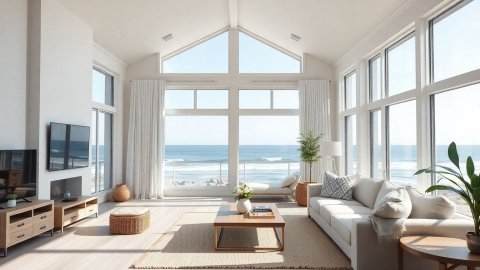The Haunting Allure of Gothic Architecture: A Journey Through Time and Aesthetics
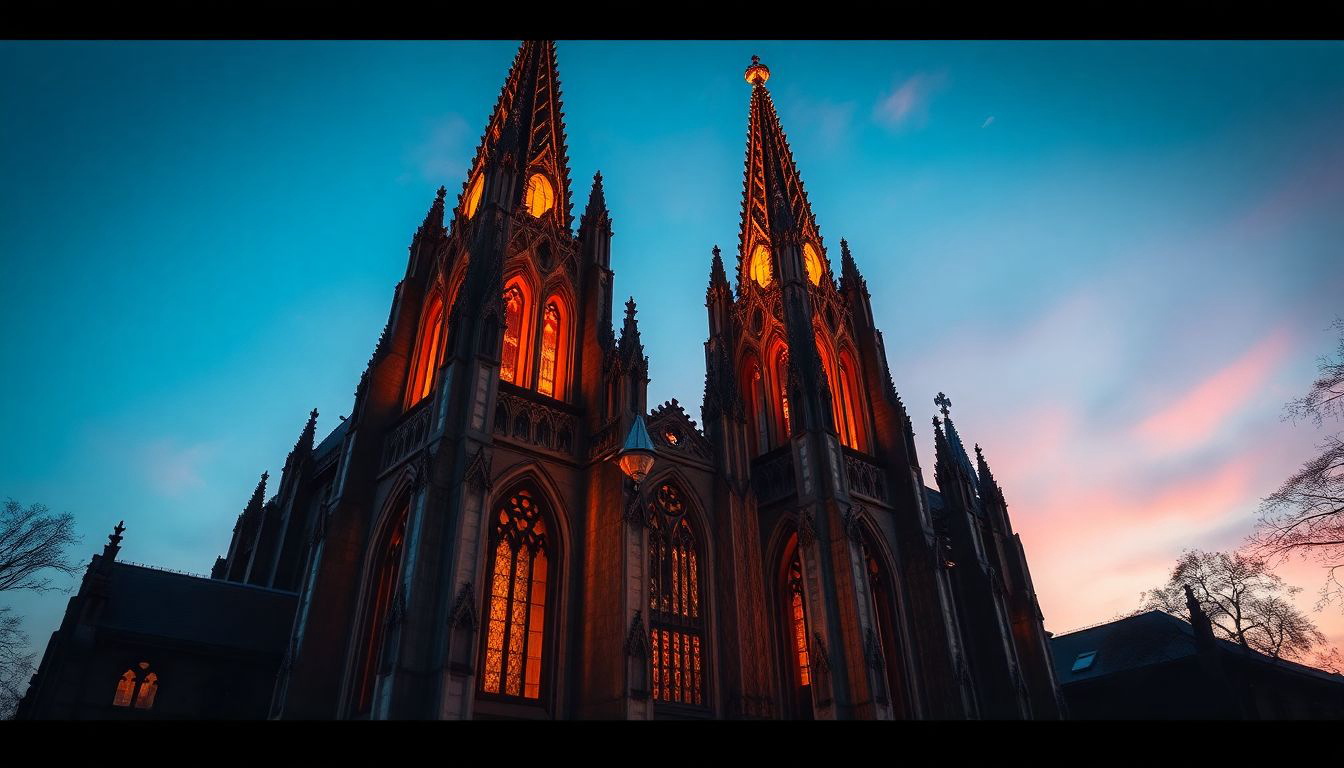
Gothic architecture, with its soaring spires, intricate details, and haunting atmosphere, has captivated the human imagination for centuries. From the awe-inspiring cathedrals of medieval Europe to the eerie Victorian mansions that dot the modern landscape, the Gothic aesthetic continues to evoke a unique blend of wonder, fear, and fascination. This enduring appeal is not merely a testament to architectural ingenuity, but also a reflection of our collective psyche and cultural evolution. In this exploration, we'll delve into the origins, characteristics, and lasting impact of Gothic architecture, uncovering the secrets behind its timeless allure.
The Origins of Gothic: From Barbarians to Beauty
To truly understand the Gothic aesthetic, we must first travel back in time to the fall of Rome in 410 A.D. The term "Gothic" was originally used as an insult, referring to the barbaric Germanic tribes that sacked the eternal city. As Sarah Perry notes in her article for The Paris Review:
"The term gothic was first used as an insult, and writers of the genre have always had a reckless disregard for either praise or blame."
This association with barbarity and rebellion would come to define the Gothic style, both in architecture and literature. The Gothic cathedrals that began to rise across Europe in the 12th century were seen as a radical departure from the restrained Classical style favored by Renaissance thinkers. Giorgio Vasari, an Italian scholar of the time, described Gothic architecture as a "deformed malediction" that "polluted the world."
Yet, it was precisely this rebellious spirit that gave Gothic architecture its power. The soaring vaults, flying buttresses, and intricate stonework were not just feats of engineering; they were expressions of human aspiration and spiritual longing. The Gothic cathedral became a space where the earthly and the divine could meet, where light and shadow danced in a celestial ballet.
Characteristics of Gothic Architecture: A Symphony of Stone and Light
Gothic architecture is defined by several key characteristics that set it apart from other styles:
1. Pointed Arches and Ribbed Vaults
The pointed arch, perhaps the most recognizable feature of Gothic architecture, allowed for greater height and flexibility in design. Coupled with ribbed vaults, these elements created a sense of upward movement, drawing the eye and the spirit heavenward.
2. Flying Buttresses
These external supports allowed for taller, thinner walls and larger windows, fundamentally changing the way light interacted with interior spaces.
3. Large Stained Glass Windows
The increased wall space afforded by flying buttresses allowed for massive stained glass windows, bathing interiors in colorful, ethereal light.
4. Intricate Sculptural Elements
Gargoyles, grotesques, and elaborate stone carvings added a layer of narrative and symbolism to Gothic structures, often serving both decorative and functional purposes.
5. Verticality and Height
Gothic buildings emphasize vertical lines and towering heights, creating a sense of awe and spiritual elevation.
These elements combined to create spaces that were at once awe-inspiring and unsettling, grand yet intimate. The play of light and shadow, the hidden corners and soaring heights, all contributed to an atmosphere of mystery and transcendence.
The Gothic Revival: From Medieval to Victorian
While the original Gothic period spanned from the 12th to the 16th centuries, the style experienced a significant revival in the 18th and 19th centuries. This Neo-Gothic movement coincided with the Romantic era's fascination with medieval history and the supernatural.
The revival began in literature with Horace Walpole's novel "The Castle of Otranto" (1764), subtitled "A Gothic Story." This work set the stage for a new genre of Gothic literature that blended romance, horror, and the supernatural. The architectural revival soon followed, with Walpole himself transforming his villa, Strawberry Hill, into a Gothic-inspired "castle."
As the Victorian era dawned, Gothic architecture found new life in both public buildings and private homes. The Houses of Parliament in London, rebuilt in the Gothic style after a fire in 1834, stands as a testament to the enduring appeal of Gothic aesthetics in civic architecture.
The Dark Allure: Gothic Architecture and the Horror Genre
It's no coincidence that Gothic architecture has become synonymous with horror and the supernatural in popular culture. The very features that make Gothic buildings awe-inspiring also lend themselves to more sinister interpretations. As Rachel Kurzius notes in her Washington Post article:
"The layout of a Victorian is about as far from an open floor plan as a house can get. Every level is divided into many rooms, each with a distinct purpose, and rarely with sightlines into another one. The effect is 'almost an infinite labyrinth,'"
This labyrinthine quality, combined with the play of light and shadow, creates the perfect setting for tales of mystery and terror. From the Bates Motel in "Psycho" to the Addams Family mansion, Gothic-inspired architecture has become the go-to visual shorthand for haunted houses and dark secrets.
The association between Gothic architecture and horror goes beyond mere aesthetics. It taps into deeper psychological and cultural currents. The verticality of Gothic structures can evoke a sense of human insignificance in the face of greater powers. The hidden spaces and winding corridors speak to our fear of the unknown and the hidden. Even the gargoyles and grotesques that adorn Gothic buildings blur the line between the sacred and the profane, the beautiful and the terrifying.
Beyond the Haunted House: Gothic Aesthetics in Modern Culture
While the association with horror remains strong, Gothic aesthetics have found expression in a wide range of modern subcultures and artistic movements. The Goth subculture, which emerged in the 1980s, draws heavily on Gothic architectural motifs in its fashion and visual arts. Gothic elements can be found in everything from album covers to tattoo designs, video games to haute couture.
This ongoing fascination with Gothic aesthetics speaks to the style's ability to evolve and adapt. In an age of sleek minimalism and digital ephemerality, the intricate, handcrafted nature of Gothic design offers a tangible connection to history and craftsmanship. The darkness and mystery inherent in Gothic aesthetics provide a counterpoint to the relentless positivity of much of modern culture.
The Future of Gothic: Reimagining an Ancient Aesthetic
As we look to the future, it's clear that the Gothic aesthetic will continue to evolve and find new expressions. Contemporary architects and designers are finding ways to incorporate Gothic elements into sustainable, modern structures. Digital artists are using advanced rendering techniques to create virtual Gothic spaces that push the boundaries of the imagination.
Moreover, the philosophical underpinnings of Gothic architecture – its emphasis on light, verticality, and the interplay of the earthly and the divine – remain relevant in our quest for meaning in an increasingly complex world. As we grapple with questions of spirituality, identity, and our place in the universe, the Gothic aesthetic offers a rich visual language for exploring these themes.
Conclusion: The Eternal Appeal of the Gothic
Gothic architecture, with its blend of the beautiful and the unsettling, continues to captivate us centuries after its inception. From the soaring cathedrals of medieval Europe to the virtual realms of modern video games, the Gothic aesthetic has proven remarkably adaptable and enduring.
Its appeal lies not just in its visual drama, but in its ability to evoke complex emotional and psychological responses. Gothic architecture challenges us to confront our fears, to question our assumptions, and to reach for something beyond the mundane. In a world that often feels increasingly flat and digitized, the Gothic offers depth, texture, and mystery.
As we move forward, the Gothic aesthetic will undoubtedly continue to evolve, finding new forms and expressions. Yet at its core, it will always remain a testament to human creativity, our capacity for wonder, and our eternal fascination with the interplay of light and shadow, both in our buildings and in our souls.
References and Further Reading
- Perry, S. (2018). The Draw of the Gothic. The Paris Review. https://www.theparisreview.org/blog/2018/10/29/the-draw-of-the-gothic/
2. Kurzius, R. (2022). Why Victorian houses look so haunted. The Washington Post. https://www.washingtonpost.com/home/2022/10/27/why-victorian-houses-look-haunted/
- Aytakk. (2018). Barbaric Gothic. The Belfry Network. https://www.thebelfry.rip/blog/2018/11/7/barbaric-gothic
4. Goh, A. (2023). Too dark, too macabre: Meet the homeowners who have a taste for Gothic, ghoulish, and hauntingly beautiful interior decor. Insider. https://www.insider.com/gothic-inspired-interior-halloween-decor-dark-macabre-design-meet-owners-2023-2
- Exploring Castles. (2016). The Seven Key Characteristics of Gothic Architecture. https://www.exploring-castles.com/castle_designs/characteristics_gothic_architecture_2/
More Articles
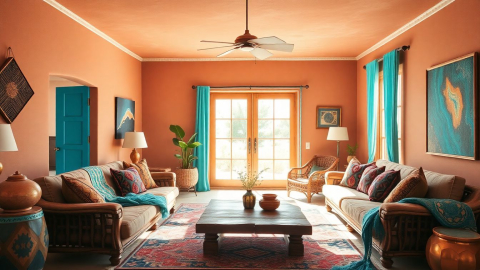
Southwestern Interior Design: A Timeless Blend of Desert Chic and Cultural Heritage
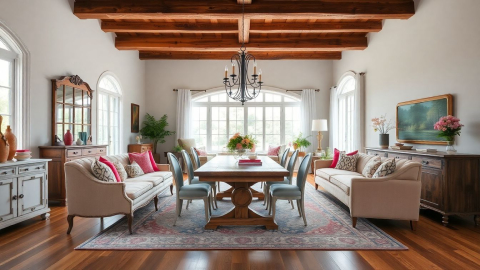
The Timeless Elegance of French Provincial Interior Design: A Comprehensive Guide
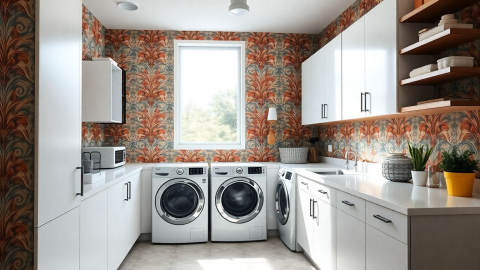
Transforming Your Laundry Room: Design Ideas for Style and Functionality
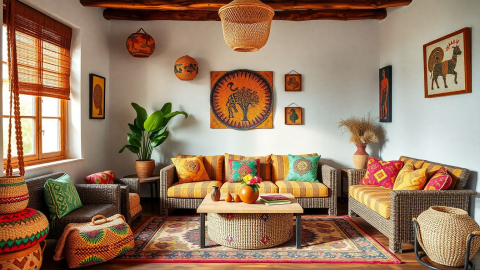
The Soul of Africa: Embracing Vibrant Design in Modern Interiors
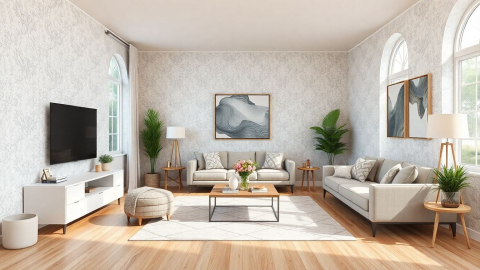
Revolutionizing Interior Design: Harnessing the Power of AI for Stunning Spaces
